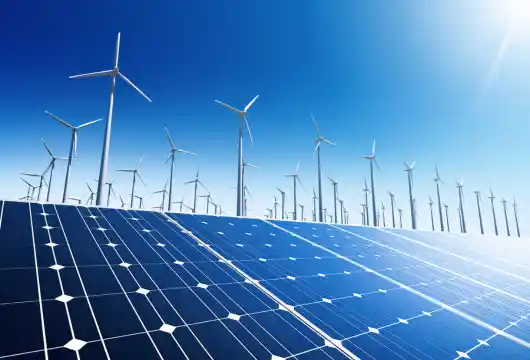Renewable Energy Project in Ladakh
Lieutenant Governor Manoj Sinha of Jammu and Kashmir addressed a press conference at Raj Bhawan to discuss the power scenario in the region. He emphasized that while the administration has made progress in providing more electricity to the people, losses have increased. However, a significant development is the approval of a 13-ga-watt renewable energy project in Ladakh, which promises to reduce the region’s dependence on hydroelectricity, especially during the winter. This article explores the power situation in Jammu and Kashmir and the transformative potential of the renewable energy project.
Jammu and Kashmir, like many other regions, faces challenges in meeting its power demands. While there has been a notable improvement in the transmission and distribution capacity over the last three years, the region still grapples with increased losses. Lieutenant Governor Manoj Sinha highlighted this issue during the press conference.
One of the most promising developments in the power sector of Jammu and Kashmir is the recent approval of the 13 Giga-watt renewable energy project in Ladakh. This project is a part of the green energy corridor phase two and involves creating an interstate transmission system. The project aims to harness renewable energy sources to generate 13 GW of electricity.
Apart from addressing the power deficit, the renewable energy project in Ladakh has significant environmental benefits. Lieutenant Governor Sinha emphasized that the project would provide greener energy with reduced carbon footprints. This move towards clean energy aligns with global efforts to combat climate change and protect fragile environments.
Another key advantage of this renewable energy project is its potential to mitigate winter low-voltage conditions. Jammu and Kashmir often experience voltage issues in winter, and this project could provide a solution. The region can ensure a more stable and reliable power supply by diversifying the energy sources.
Lieutenant Governor Sinha shed light on Jammu and Kashmir’s pricing and subsidy challenges. The region purchases electricity at a significantly higher rate, around ₹10 per unit, but supplies it at a much lower rate, ₹1.25 per unit, to below-poverty-line customers. This significant subsidy poses financial challenges, making managing the balance between supply and costs essential.
Smart Metering Initiatives
To address these challenges, the administration is working on implementing large-scale metering in the Union territory. The first phase involves the installation of smart meters in Srinagar and Jammu. This move towards smart metering allows for efficient tracking of electricity consumption and enables better management of resources.
Lieutenant Governor Sinha expressed the administration’s commitment to minimizing curtailment in areas where 100% metering has been achieved. Electricity curtailment is common in many regions during peak demand or limited supply. The focus on smart metering and improved infrastructure aims to ensure a more reliable power supply.
Jammu and Kashmir’s power scenario is undergoing a significant transformation with the approval of the 13 Giga Watt renewable energy project in Ladakh. This project promises to address power deficits, align with environmental goals, and mitigate voltage issues during the winter. While challenges remain, including electricity pricing and subsidies, the administration’s initiatives, such as smart metering, signal a positive shift towards a more reliable and sustainable power supply.
CLICK HERE for more inspiring climate news

